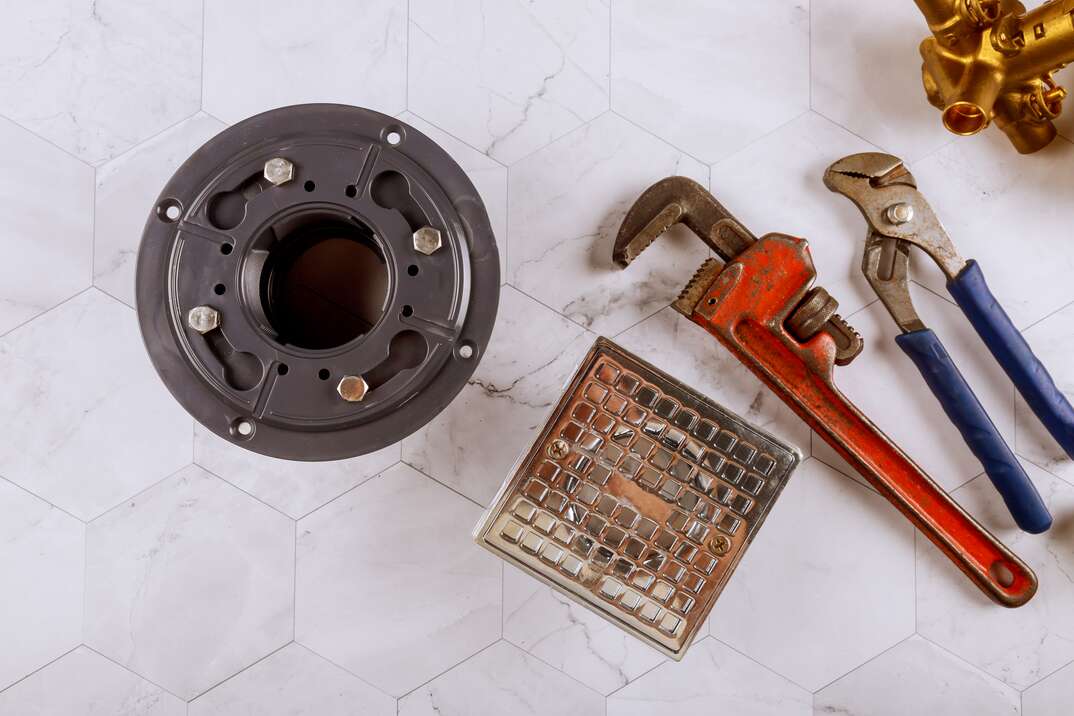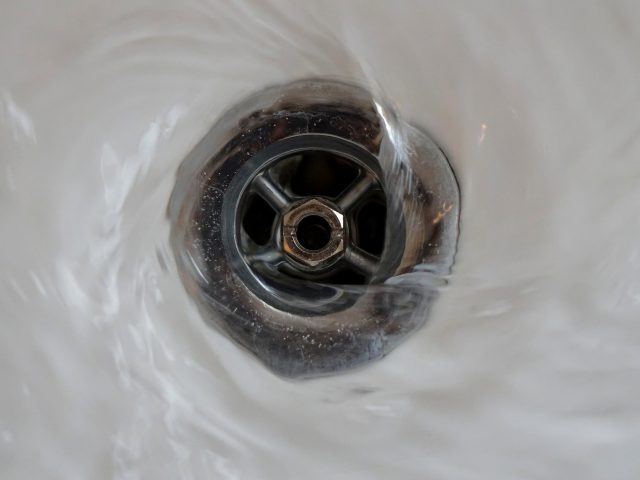Starting Your DIY Bathroom Drain Project
Starting Your DIY Bathroom Drain Project
Blog Article
Were you interested in selective information concerning How to Install or Replace a Shower Drain?

Updating a bathroom is among the more prominent residence improvement projects. Dealing with the plumbing for draining your shower can be extremely easy unless you overdo.
Managing Your Own Shower Drainpipe Setup Task
Whether you are a bathtub or shower person, the majority of people look for shower just choices when getting a home. This easy reality indicates more than a few house owners invest a weekend break updating or setting up showers in their shower rooms. Fortunately for you, it is a relatively easy procedure.
A collector or pan refers to the straight surface area situated at the end of the shower. The collection agency usually contains a non-slip surface somewhat banked in the direction of the center or anywhere the drainpipe is located. Integrated with 3 to 4 inch wall surfaces around the side, the objective of your shower drain plumbing is to obtain the water to move to and down the tubes.
You can physically develop an enthusiast for your new shower, yet you actually require to consider it. Do you actually wish to get into the complications of getting the sloping proper, in addition to making certain every facet of it is waterproof? And also I suggest every aspect! It is much easier to simply purchase a pre-cast collection agency online or at your regional Lowes, Residence Depot or hardware shop. Building one might seem like a great idea, but you will probably really feel differently after a number of hrs.
Despite just how you set about getting a pan, you must strive to make use of one that has the drain situated in the exact same place as the initial pan. Moving the drain pipes can be a task, especially if the building contractor utilized an one-of-a-kind framework structure. If you are determined to relocate the drain, you are going to need to cut down the pipeline or lengthen it, which might imply destroying big portions of the flooring. Put another way, you are mosting likely to be considering a numerous weekend break job.
Assuming we have our drain aligned, the real hook up is rather easy. The water drainage pipeline need to be facing vertical up to the collector. It will certainly typically look like a "U", which means it works as a cleanout to maintain nasty scents from returning up from the drainpipe. To attach the drain, you are mosting likely to develop a water tight connection between a drain cap on the top of the pan and also the drainage pipeline. Systems vary, but you are commonly going to do this by putting a coupling item on the top of the drainage pipeline. This is after that covered with gaskets and actually screwed right into the drainpipe cap. The drain cap should function as a locknut, to wit, it screws straight onto the combining.
The complicated part of this process is obtaining your drain cap to match a leak-proof setting in the pan. This is accomplished by withdrawing the drain cap once you are sure every little thing fits together. At that point, you placed plumbings putty around the underside of the cap and then screw it back on. The putty needs to develop a limited seal between the cap and the shower frying pan, which keeps water from flowing under it as well as into the mounting under the shower.
Undoubtedly, restroom showers can be found in a wide range of styles these days. If you purchase a collection agency, they usually included plumbing guidelines or the store can note anything uncommon you should recognize. It seems intricate, but is typically pretty direct. Have a good time!
Tips for Installing a Shower Drain Assembly
Renovating a bathroom can be exciting as well as fulfilling if you’re tackling the job DIY-style. After you cross off the bigger decisions such as tile style, paint colors, and fixtures, you’ll need to finalize smaller details – such as the shower drain. In this article, we’re sharing some tips for selecting and installing the right drain assembly for your updated shower.
What is a shower drain assembly?
Shower bases or pans typically only come with a pre-drilled drain hole. Since the pan slopes toward the drain, you should consider the placement – left, center, or right – when designing your shower. You’ll need to purchase and install a shower drain assembly that connects the shower pan to the drain pipe underneath the shower. There are a few types of assemblies, which will be covered below.
Size of a shower drain
When it comes to installing drains, size matters. The recommended pipe size for a shower drain is 2 inches, whereas most tubs use 1.5-inch pipes. Why the difference?
Shower pans are shallower than tubs, so there’s a higher risk for overflow. So, the larger pipe allows for quicker draining. If you are replacing an old tub with a newer stand-up shower, you will need to make additional plumbing adjustments to accommodate the 2-inch pipe.
Types of shower drain assemblies
There are three common types of shower drain assemblies: compression shower drain, solvent-glue shower drain, and tile shower drain. The layout, design, and materials of your shower can determine which type of shower drain assembly will work best.
Compression shower drain
This type of assembly attaches to the drain pipe with compression washers and nuts. The drain fitting is typically installed into the base, and then the base is installed into the bathroom floor. This makes compression-style drains easier to install than other options, particularly if you don’t have easy access from the floor under the shower base. Drains are available in a wide range of materials such as PVC (polyvinyl chloride), ABS (Acrylonitrile Butadiene Styrene), and brass, and can be used for acrylic, fiberglass, and steel shower bases.
Solvent-glued shower drain
Made of either polyvinyl or ABS, this type of shower drain is sealed to the drain pipe with solvent glue and silicone. Since you’ll be working underneath the drain pan, we only recommend using this type of drain if you have access under the shower, such as from a basement or crawlspace. It’s also important that you match the type of plastic of the drain with the drainpipe. If you take these precautions, you can install a solvent-glued drain assembly with acrylic, fiberglass, and steel shower bases.
Tile shower drain –
Drain assemblies for custom tile showers feature a waterproof membrane liner placed between two flanges. The tile is installed on top of the liner, collecting any water that seeps through the porous grout. A metal strainer is installed in line with the tile over the drain.
https://www.epshawaii.com/blog/tips-for-installing-a-shower-drain-assembly/

I ran across that entry about How to Choose the Best Drain for Your Shower when looking around the internet. Make sure you take a moment to promote this write-up if you enjoyed reading it. We cherish reading our article about How to Install or Replace a Shower Drain.
Report this page